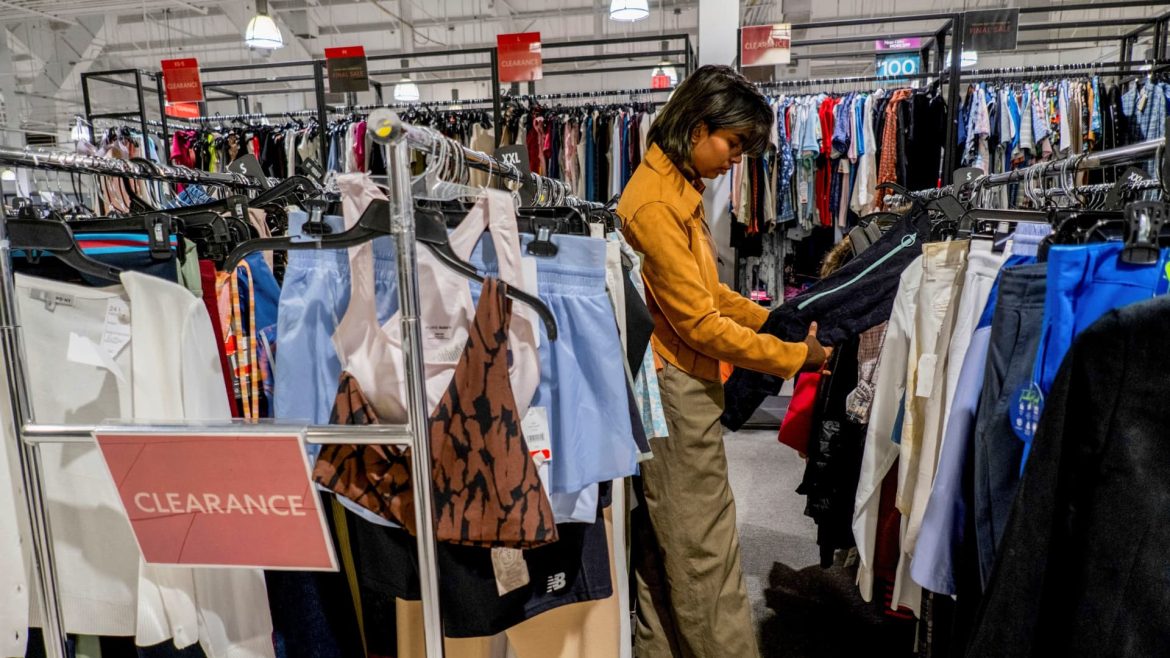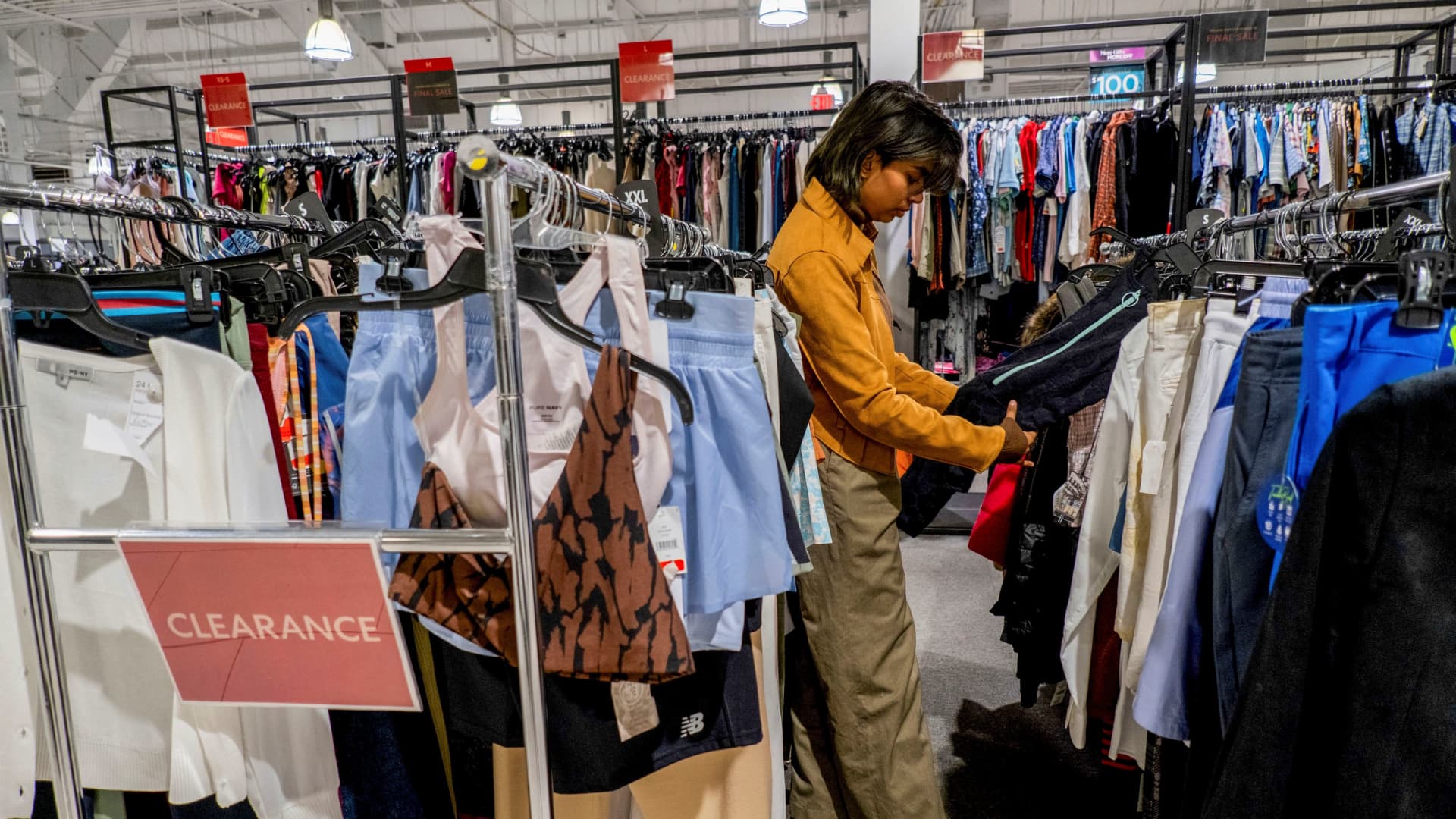The Ripple Effect of Trump’s Tariffs: How Major Retailers Are Navigating Price Increases
The imposition of tariffs under the Trump administration has generated a cascade of cost pressures throughout the U.S. retail and manufacturing landscape, compelling prominent companies to confront tough pricing decisions. From household names like Walmart, Best Buy, and Nike to toy manufacturer Mattel and automotive brands such as Ford and Subaru, a clear pattern of price hikes has emerged as businesses seek to offset escalating import taxes. This comprehensive analysis delves into the nature of these tariffs, the corporate responses, and the broader implications for American consumers.
Understanding the Tariffs and Their Scope
President Donald Trump’s tariff policies have been expansive in nature, affecting a wide spectrum of goods imported into the United States. The cornerstone has been a universal 10% tax on imports from most countries, with steeper tariffs—up to 30%—targeted specifically at goods from China, a key trade partner. More aggressive measures, such as the recent proposal to double steel tariffs to 50%, and targeted threats of 100% tariffs against specific companies like Mattel, exemplify the administration’s aggressive stance.
The tariffs extend across numerous consumer categories, including electronics (laptops, smartphones, video game consoles), apparel, toys, housewares, automotive parts, and even groceries. This breadth has ensured that a wide range of products, essential to everyday life, have become more expensive for retailers to source.
Corporate Responses: From Price Increases to Public Pushback
Price Increases to Maintain Margins
The immediate effect of tariffs manifests in increased costs for companies that rely on imported goods or components. Retailers such as Walmart, Target, Best Buy, and Costco have publicly acknowledged that absorbing these costs internally without passing them to consumers is unsustainable. Walmart CEO Doug McMillon highlighted this challenge, noting the difficulty of maintaining low prices amid “too high” tariffs.
Nike and Adidas, major players in apparel, along with Shein and Mattel, have echoed this sentiment, joining the growing list of companies raising product prices to mitigate tariff impacts. Hasbro and Procter & Gamble have indicated similar measures, emphasizing that price hikes are “most likely” necessary, particularly for products heavily reliant on imports. Even automakers like Ford and Subaru have forecasted increases as tariffs ripple into the automotive supply chain.
Public Friction and Political Tension
The new tariffs have not only strained corporate budgets but also ignited tensions between the Trump administration and corporate America. While the president has publicly scolded retailers for raising prices, threatening punitive actions against companies like Mattel, business leaders argue that passing on tariff costs is often unavoidable. This public sparring reflects a broader conflict between a disruptive trade policy and the practical realities of global supply chains.
Behind the scenes, retailers contend with suppliers, managing negotiations over price adjustments and supply contracts. Walmart and Target, for example, are reported to be hashing out cost disputes for merchandise ranging from school supplies to kitchen goods—a sign that tariffs are reshaping negotiations throughout the distribution network.
Impact on the Consumer Market
Inflation in Everyday Goods
The most palpable consequence of these tariff-induced price hikes is the erosion of consumer purchasing power. Products as mundane as groceries, toys, electronics, and clothing are becoming more expensive, reshaping shopping behaviors and budgets. Analysts predict an average tax increase of roughly $1,200 per U.S. household in 2025 alone due to tariff effects.
Notably, categories involving sensitive or frequent purchases—such as cleaning supplies (Tide detergent), household essentials (Bounty paper towels), and personal electronics—are seeing more immediate price pressure, potentially fueling broader inflationary trends.
Strategic Responses by Consumers
Facing rising prices, consumers may adjust by seeking alternative products, delaying purchases, or shifting toward domestically produced goods if available and affordable. However, the complex, global nature of many supply chains means that many everyday products do not have easy substitutes, limiting consumer flexibility.
Market research suggests consumers should consider timing purchases strategically and remain attentive to tariff-related news, which continues to evolve rapidly, to avoid being caught off guard by sudden price surges.
Economic and Trade Policy Considerations
The contemporary use of tariffs as a tool to address trade imbalances has stirred extensive debate among economists and policymakers. While intended to protect U.S. industry and incentivize domestic production, tariffs often generate unintended consequences, such as higher costs for businesses and consumers, disruptions to complex supply chains, and retaliatory trade measures from global partners.
The Trump administration’s tariffs have become a real-time case study of these challenges. Multiple companies across sectors have already internalized much of the cost initially, but growing pressure has compelled a broad pass-through to prices, effectively translating tariff policy into consumer goods inflation.
At the same time, the administration’s confrontational posture toward companies raising prices reflects a politically charged environment where trade policy intersects directly with retail economics and voter sentiment.
Conclusion: Navigating an Era of Tariff-Driven Price Volatility
The Trump tariffs have cemented themselves as a transformative and contentious force within the U.S. retail economy. Major brands and retailers are caught in a difficult balancing act—juggling cost pressures from import taxes, navigating supplier relations, and managing consumer expectations—while facing political scrutiny over their pricing decisions.
For consumers, these tariffs translate to a tangible increase in the cost of living, complicating budgets and reshaping purchasing decisions across a spectrum of everyday goods. The evolving tariff landscape underscores the intricate interdependence of global trade, corporate strategy, and economic policy.
As businesses endeavor to adapt, and as the political dialogue continues to swirl, the story of tariffs will remain a defining element of the economic narrative for the foreseeable future—one marked by cost challenges, strategic recalibration, and a continuously shifting marketplace.





